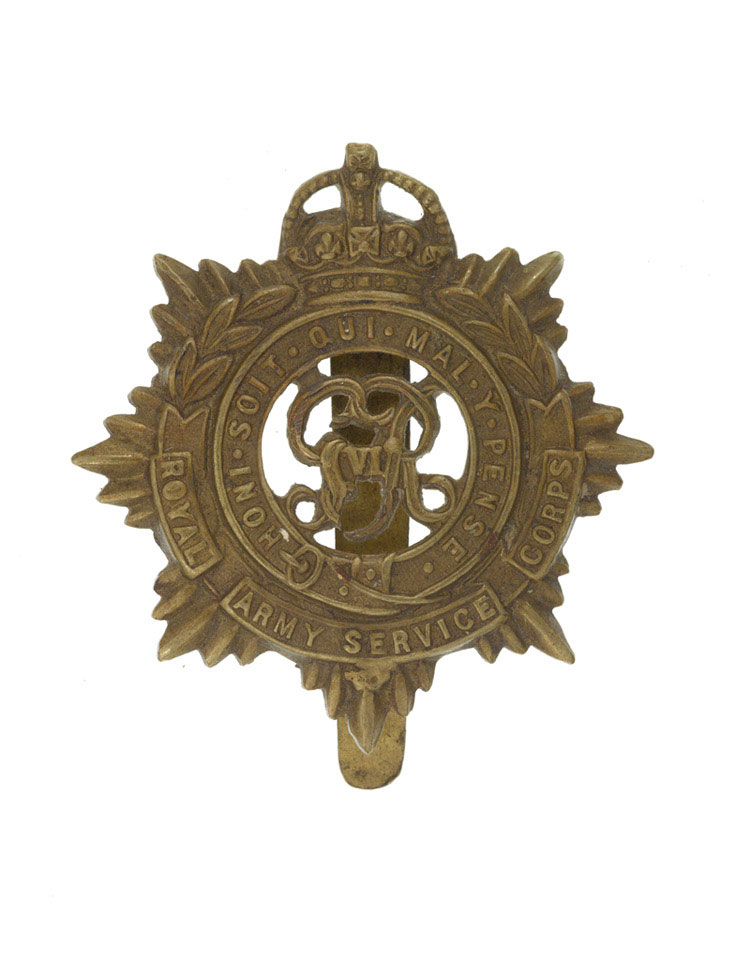Personal Details
Born: 17 June 1897.
Family: The third son of James and Mary Elizabeth Williams of 5 Railway Inn Yard, Station Road, Whitchurch, Shropshire. On the 17 December 1921 he married Elizabeth Clewlow and was father to Frederick, Vera and Derek G.
Residence: When he enlisted he was living at 5 Railway Inn Yard, Station Road, Whitchurch, Shropshire; in 1939 he was living at 10 Alkington Gardens, Whitchurch, Shropshire.
Civilian Occupation: He was employed as a baker.
Died: On 29 October 1974 aged 77.
Military Details
Regiment: Army Service Corps
Rank: Private
Service Number: S4/215708
Date of Enlistment: 23 November 1915
Date of Discharge: 17 January 1920
Reason for Discharge: Demobilisation.
Other Information: Frederick’s brother John Thomas (Jack) Williams, his half brother James Bithell and his uncle Harry Williams also served in WW1.
Frederick was awarded the Campaign Medals (British War Medal, and Victory Medal).

The British War Medal (also known as 'Squeak') was a silver or bronze medal awarded to officers and men of the British and Imperial Forces who either entered a theatre of war or entered service overseas between 5th August 1914 and 11th November 1918 inclusive. This was later extended to services in Russia, Siberia and some other areas in 1919 and 1920. Approximately 6.5 million British War Medals were issued. Approximately 6.4 million of these were the silver versions of this medal. Around 110,000 of a bronze version were issued mainly to Chinese, Maltese and Indian Labour Corps. The front (obv or obverse) of the medal depicts the head of George V. The recipient's service number, rank, name and unit was impressed on the rim.
The Allied Victory Medal (also known as 'Wilfred') was issued by each of the allies. It was decided that each of the allies should each issue their own bronze victory medal with a similar design, similar equivalent wording and identical ribbon. The British medal was designed by W. McMillan. The front depicts a winged classical figure representing victory. Approximately 5.7 million victory medals were issued. Interestingly, eligibility for this medal was more restrictive and not everyone who received the British War Medal ('Squeak') also received the Victory Medal ('Wilfred'). However, in general, all recipients of 'Wilfred' also received 'Squeak' and all recipients of The 1914 Star or The 1914/1915 Star (also known as 'Pip') also received both 'Squeak' and 'Wilfred'. The recipient's service number, rank, name and unit was impressed on the rim.

